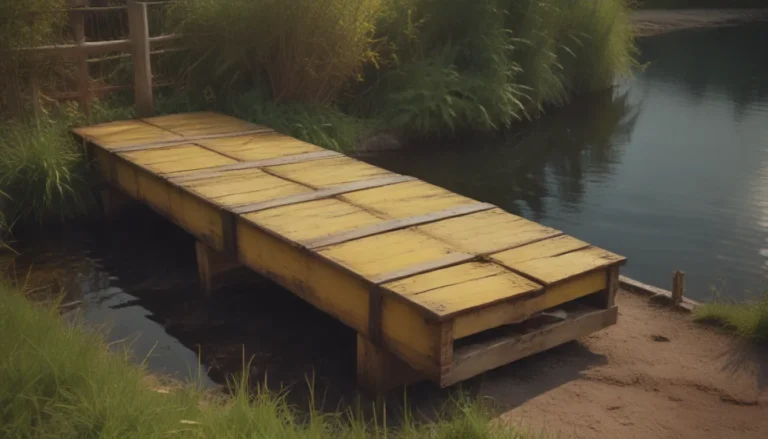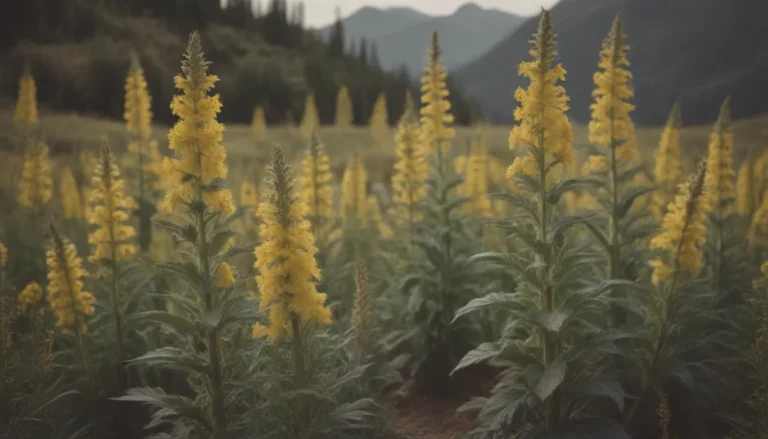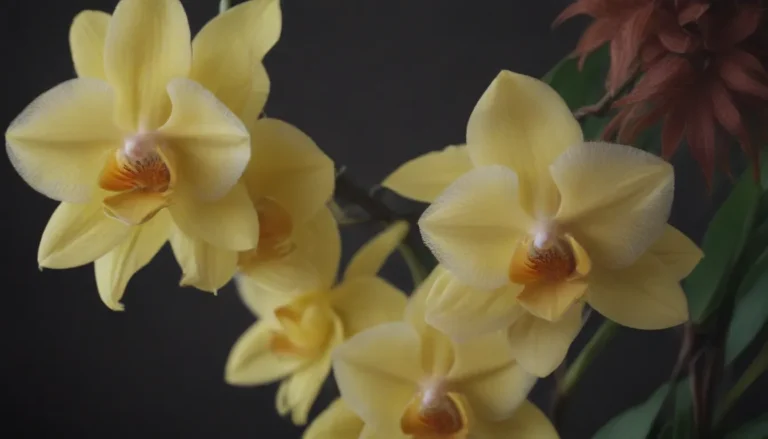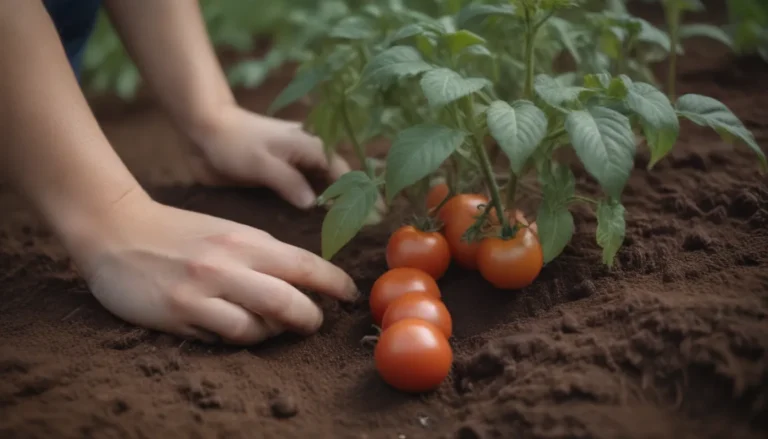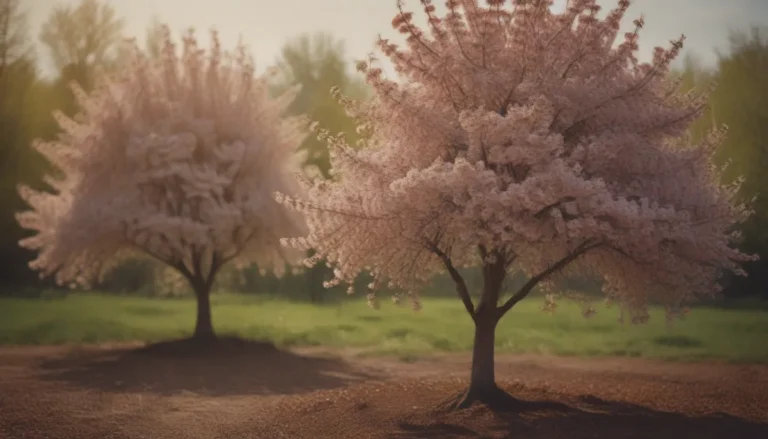Ultimate Guide to Growing and Caring for Yellowwood Trees
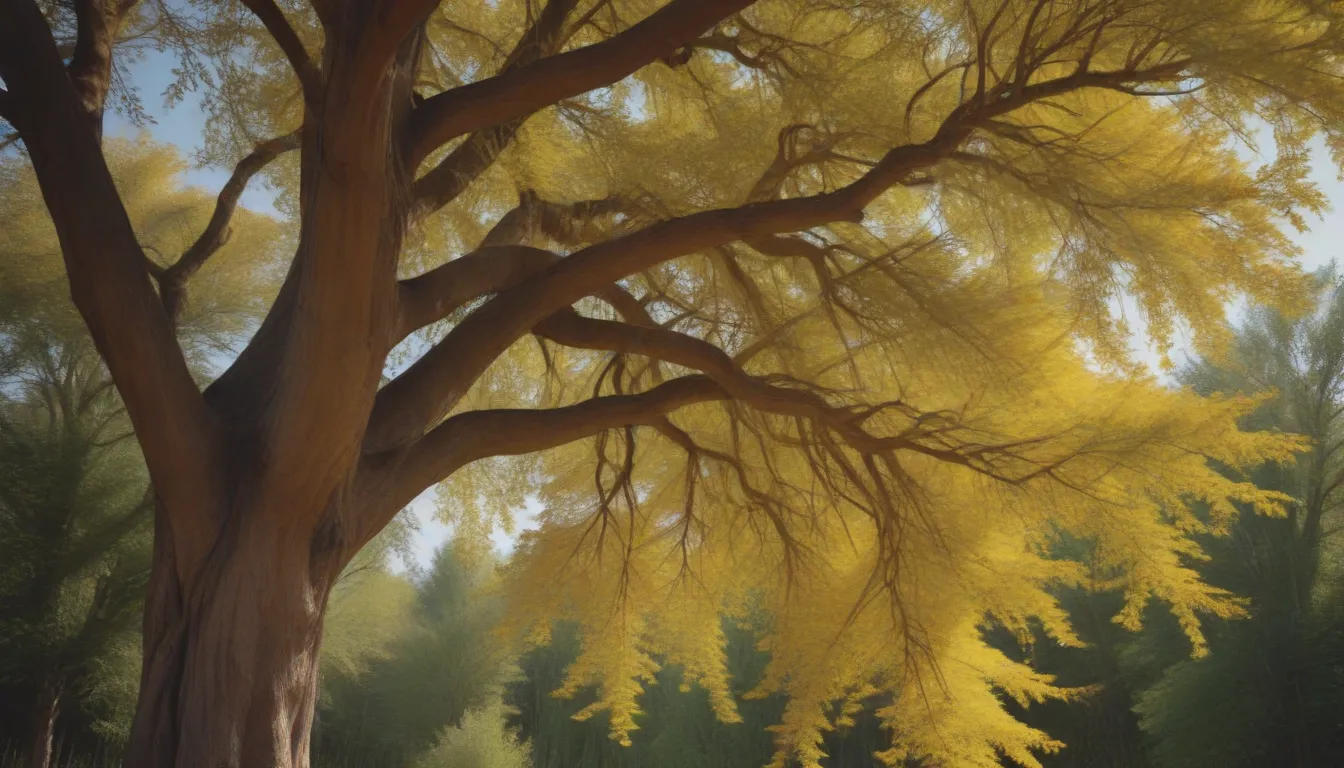
Are you looking to add a stunning shade tree to your garden that boasts a beautiful floral display in spring and autumn? Look no further than the American yellowwood tree! With its slow growth rate and impressive mature size, the yellowwood tree is sure to make a statement in your landscape. In this comprehensive guide, we will cover everything you need to know about growing and caring for yellowwood trees.
Overview of Yellowwood Trees
Yellowwood trees, also known as Cladrastis kentukea, are deciduous trees that belong to the pea family, Fabaceae. These trees can reach heights of 30 to 50 feet and have a vase-like shape. In spring, yellowwood trees burst into magnificent bloom, showcasing long panicles of wisteria-like flowers that are intensely fragrant. As autumn approaches, the leaves of the yellowwood tree turn a vibrant yellow-orange, adding to its appeal.
Yellowwood Tree Care Tips
Here are some essential care requirements to help you successfully grow and maintain a healthy yellowwood tree:
Light
- Plant your yellowwood tree in a location that receives at least partial sun.
- Full sun exposure is ideal to encourage abundant flowering.
Soil
- Yellowwood trees can thrive in both alkaline and acidic soils as long as the soil has good drainage.
- They can tolerate a wide range of soil types, from sandy to clayey soils.
Water
- Ensure your yellowwood tree receives at least one inch of water per week during its first year in the garden.
- Once established, yellowwood trees are drought-tolerant and can withstand dry conditions.
Temperature and Humidity
- Yellowwood trees are hardy in Zones 4 through 8, making them suitable for various climates.
- They can tolerate both hot summers and cold winters with ease.
Fertilizer
- While yellowwood trees do not fix nitrogen like other plants in the Fabaceae family, they may benefit from fertilization if nitrogen levels are low.
- Keep an eye out for yellowing foliage, as it may indicate a need for additional nutrients.
Types of Yellowwood Trees
In addition to the standard white flowered yellowwood tree, there are other varieties to consider, such as:
- Cladrastis kentukea ‘Perkin’s Pink’: This variety produces fragrant pink pea-like flowers in early summer and grows to a height of 25-40 feet.
Pruning Your Yellowwood Tree
Proper pruning is essential to maintain the health and structure of your yellowwood tree. Start pruning when the tree is young to encourage good branch angles and prevent brittle wood. Follow these steps for effective pruning:
- Remove any dead or diseased branches.
- Thin out crowded branches to improve air circulation.
- Avoid over-pruning, as it can stress the tree.
Propagating and Growing Yellowwood Trees
Yellowwood trees can be propagated from hardwood cuttings taken in late fall or early winter. To grow a yellowwood tree from seed, follow these steps:
- Collect ripe seeds in the fall.
- Scarify the seeds by nicking or sanding the outer coating.
- Plant the seeds in a well-draining soil mix and keep them moist until they germinate.
Common Pests and Diseases
Yellowwood trees are relatively low-maintenance and are not prone to many pest or disease issues. However, it’s essential to watch out for potential problems such as verticillium wilt, cankers, and sun scald. Here are some tips to keep your tree healthy:
- Monitor for any signs of disease or pest infestation.
- Prune away any affected branches promptly.
- Ensure proper air circulation around the tree to prevent fungal issues.
Encouraging Yellowwood Trees to Bloom
If you’re eager to see your yellowwood tree in full bloom, here are some key points to consider:
- Yellowwood trees typically bloom in late May to early June.
- The flowering period lasts about a week, showcasing a spectacular display of fragrant white flowers.
- Be patient, as young trees may take several years to bloom consistently.
Fun Facts About Yellowwood Trees
- The heartwood of yellowwood trees is yellow and can be used to make dyes.
- Yellowwood trees provide a shady canopy without disruptive roots, making them ideal for planting near patios.
- These trees offer a stunning floral display that attracts bees and butterflies, adding to the beauty of your garden.
In conclusion, growing and caring for yellowwood trees can be a rewarding experience for any gardener. With their showy blooms, vibrant foliage, and low-maintenance nature, yellowwood trees are sure to become a standout feature in your landscape. By following the tips and guidelines outlined in this guide, you can ensure your yellowwood tree thrives and flourishes for years to come. So, go ahead and plant a yellowwood tree in your garden today to enjoy its beauty and benefits!
